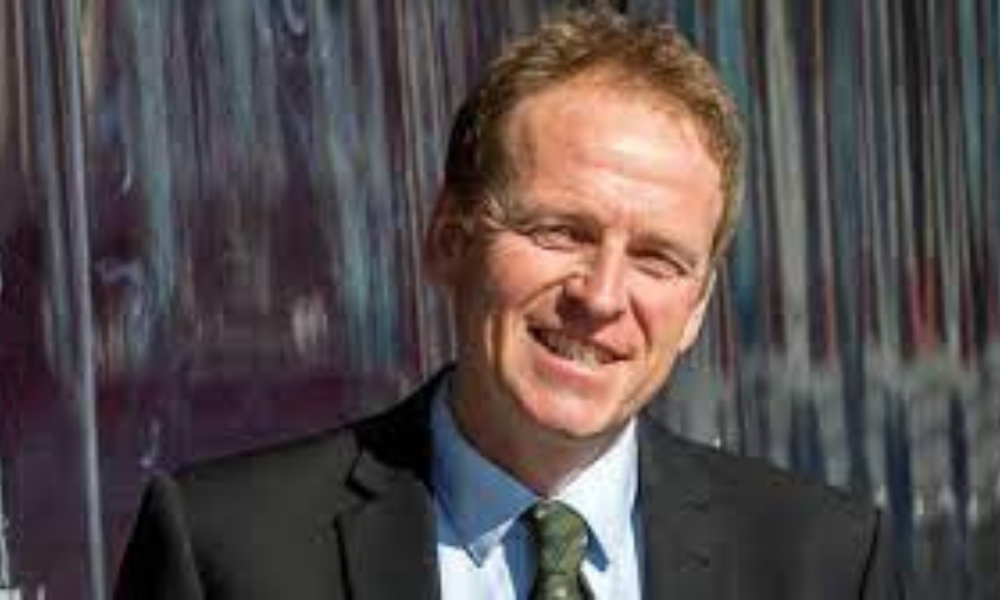NZ has underinvested in its core infrastructure – economist

Funding New Zealand’s infrastructure in order to improve its ability to withstand future challenges such as the effects of climate change will require $1 trillion over the next 30 years, a report by ASB found.
In its latest Infrastructure Report, the ASB said that the large number suggested that innovations when it comes to the construction and maintenance of infrastructure will be helpful in boosting New Zealand’s economic performance in the long run.
ASB senior economist Mark Smith said the country has been underinvesting in its core infrastructure for the past few years. He said that this has caused an infrastructure deficit that costs around $200 billion.
“Infrastructure is vital to our way of life and future economic growth, but our investment in it has historically been around 6% of GDP which is well below the OECD average. It’s not coincidental that New Zealand’s productivity performance and incomes are also well below OECD norms,” said Smith.
He added that despite the need for more infrastructure, a stumbling block was its riskiness and expensive price as New Zealand was lacking in funds, expertise, and resources.
With the country’s population slated to reach up to 2 million more people in 30 years, 175,000 to 700,000 homes and associated infrastructure will be needed. However, problems such as the impact of natural disasters mean that resilience is an important thing to consider in New Zealand’s infrastructure.
“We need to be thinking about the way we approach infrastructure investment differently to ensure it is truly fit for purpose. That means choosing the right projects, considering new funding mechanisms along with updating policy measures to better manage demand,” said Smith.
The economist said that it was encouraging to see the Coalition government emphasising the investment in infrastructure despite the current state of the economy.
“It’s promising to see the Coalition government cite infrastructure as a key priority in the 2024 Budget, with the aim to develop a long-term, sustainable pipeline of infrastructure investment. It’s clear however that broad consensus over public funding options would provide more surety. Additional funding may also be required from elsewhere with opportunities for the private sector to step up,” said Smith.



